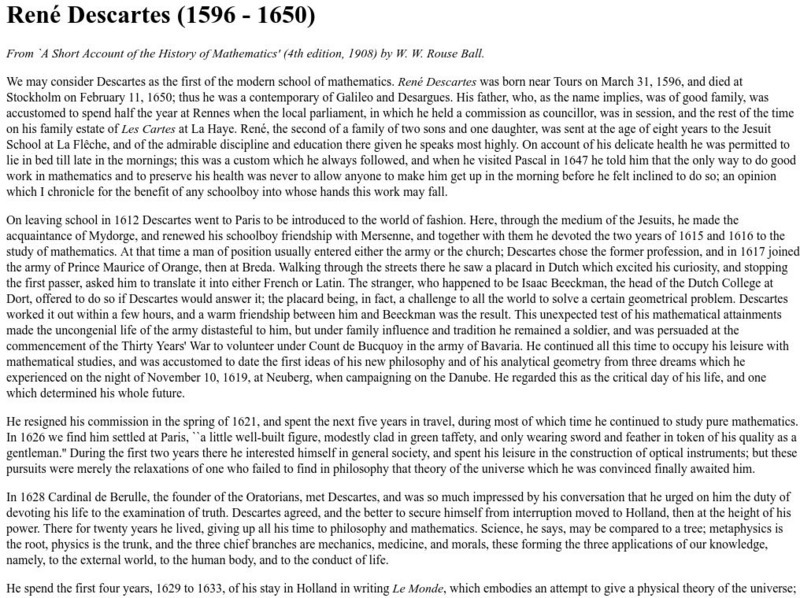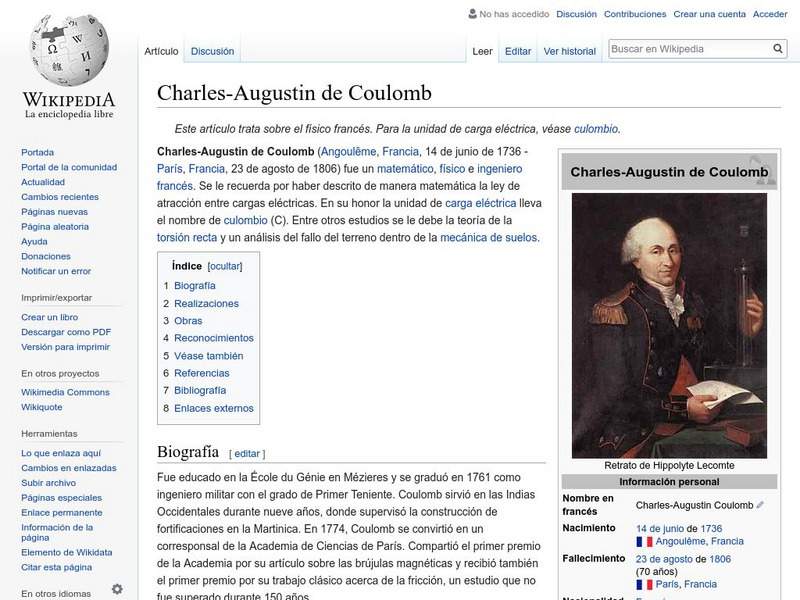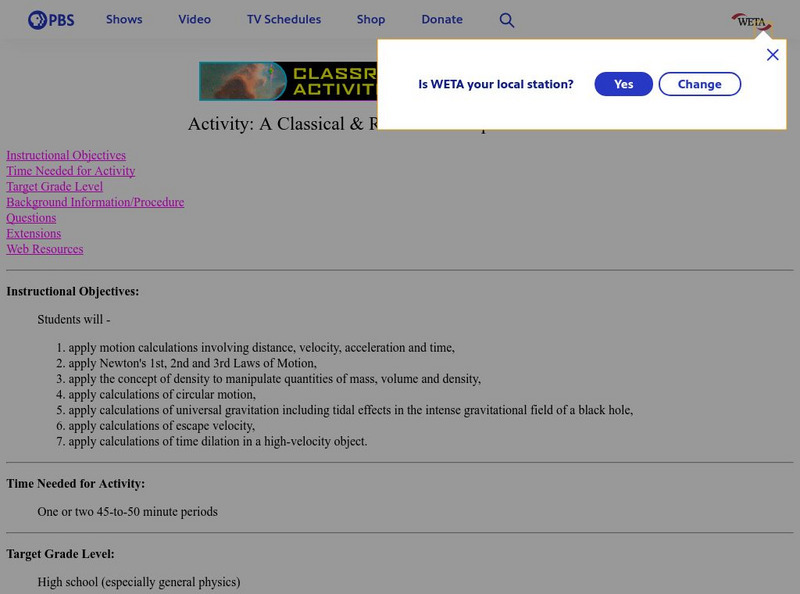Hi, what do you want to do?
Open Curriculum
Open Curriculum: The Nonmechanical Universe
Students learn about the fields of force and gravity in this illustrated article.
Open Curriculum
Open Curriculum: The Ray Model of Light
Students will understand the concept of the ray model of light and how light interacts with matter and reflections.
Open Curriculum
Open Curriculum: Thermodynamics
Students learn about the conservation of energy, aspects that affect energy in a system such as pressure and temperature, and to gain a better understanding of concepts such as entropy.
Open Curriculum
Open Curriculum: Vectors
Master the use of vectors and vector notation for three dimensional analysis.
Open Curriculum
Open Curriculum: Vectors and Motion
Learn more about the properties of velocity, acceleration, and force vectors in this illustrated article.
Open Curriculum
Open Curriculum: Velocity and Relative Motion
An illustrated article helps physics students learn about center of mass and velocity, and define the concept of inertia.
Open Curriculum
Open Curriculum: Vibrations
To understand the concept and properties of vibrations and periodic motions such as the Simple Harmonic motion.
Open Curriculum
Open Curriculum: Work: The Transfer of Mechanical Energy
Read this illustrated article to help you understand the concept of work in regards to the transfer of mechanical energy.
Symmetry Magazine
Symmetry Magazine: Explain It in 60 Seconds: The Standard Model
The Standard Model is the theory scientists use to understand how the universe is constructed. They recognize that it has deficiencies as not everything they observe can be explained with it. "Explain It In 60 Seconds" is an article...
Symmetry Magazine
Symmetry Magazine: Explain It in 60 Seconds: The Higgs Boson
The Higgs boson, a particle hypothesized by Peter Higgs, is described in this article. "Explain It In 60 Seconds" is an article series that aims to summarize in a few paragraphs the meaning of different concepts in particle physics.
Symmetry Magazine
Symmetry Magazine: Explain It in 60 Seconds: Acceleration of Particles
The process of particle acceleration is described. "Explain It In 60 Seconds" is an article series that aims to summarize in a few paragraphs the meaning of different concepts in particle physics.
Symmetry Magazine
Symmetry Magazine: Explain It in 60 Seconds: Dark Matter
Dark matter is still quite a mystery to scientists, who hope to learn more about it through experiments with particle accelerators. "Explain It In 60 Seconds" is an article series that aims to summarize in a few paragraphs the meaning of...
Symmetry Magazine
Symmetry Magazine: Explain It in 60 Seconds: String Theory
String Theory, a theory about how the universe works, is explained briefly here. "Explain It In 60 Seconds" is an article series that aims to summarize in a few paragraphs the meaning of different concepts in particle physics.
Symmetry Magazine
Symmetry Magazine: Explain It in 60 Seconds: Dark Energy
Dark energy, described here, is the ultimate mystery for scientists. It is the force that is causing the expansion of the universe they believe. "Explain It In 60 Seconds" is an article series that aims to summarize in a few paragraphs...
Symmetry Magazine
Symmetry Magazine: Explain It in 60 Seconds: Rare Particle Decays
Rare particle decays, described here, are events that could lead to insights into the unknown processes of the universe. Scientists hope to learn more about them through research with particle accelerators. "Explain It In 60 Seconds" is...
Symmetry Magazine
Symmetry Magazine: Explain It in 60 Seconds: Virtual Particles
Virtual particles, described here, are particles that appear and disappear so rapidly they can be detected only by their effect on other particles. "Explain It In 60 Seconds" is an article series that aims to summarize in a few...
Trinity College Dublin
Trinity College: Rene Descartes (1596 1650)
Events of Rene Descartes' life are presented in a timeline form. The biographical information is taken from "A Short Account of the History of Mathematics" by W. W. Rouse Ball (4th Edition, 1908).
Trinity College Dublin
Trinity College: Sir Isaac Newton (1642 1727)
A valuable and lengthy biography from Trinity College by W.W. Rouse Ball is transcribed by D.R. Wilkins on this page. Mentioned are the important facets of his work in physics and astronomy.
Trinity College Dublin
Trinity College: Newton's Principia, Book Ii, Lemma Ii
A page from Trinity College that includes both Latin and English versions of Newton's Principia. Also includes a criticism of Newton's proof by Berkeley. Links regarding the historical publications are included.
Wikimedia
Wikipedia: Charles Augustin De Coulomb
Spanish-language site lets students discover the life and work of this physicist and engineer, who is known for his studies of electric charges.
Wikimedia
Wikipedia: Max Planck
Discover the life and accomplishments of the great German scientist Max Planck. This site also provides links to sites explaining theories and scientific terms that are associated with Planck.
Wikimedia
Wikipedia: Albert Einstein
In this Spanish-language entry, grasp a concrete understanding of a complicated man whose discoveries impacted society more than any other scientist. This site chronicles the life and accomplishments of Albert Einstein. It also studies...
PBS
Pbs: A Classical and Relativistic Trip to a Black Hole
This PBS site is a classroom activity that takes a trip to a black hole. Learners apply calculations on distance, velocity, acceleration, time, circular motion, density, and more.
University of Illinois
University of Illinois: Physics Education Research: Interactive Examples
The interactive examples engage students in a Socratic-dialogue help sequence. The quantitative homework problems teach learners by asking additional questions until they understand the concept. The examples help students develop...





















